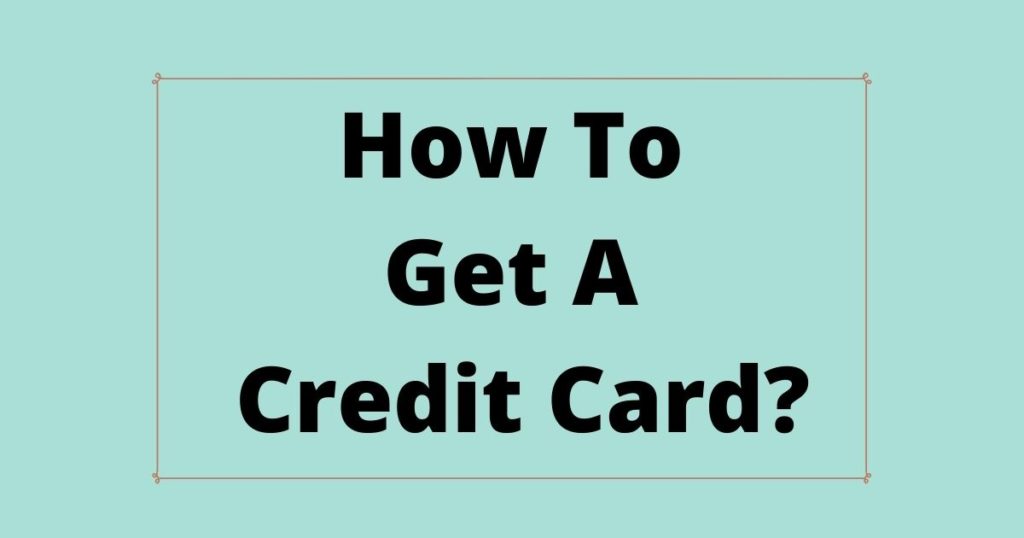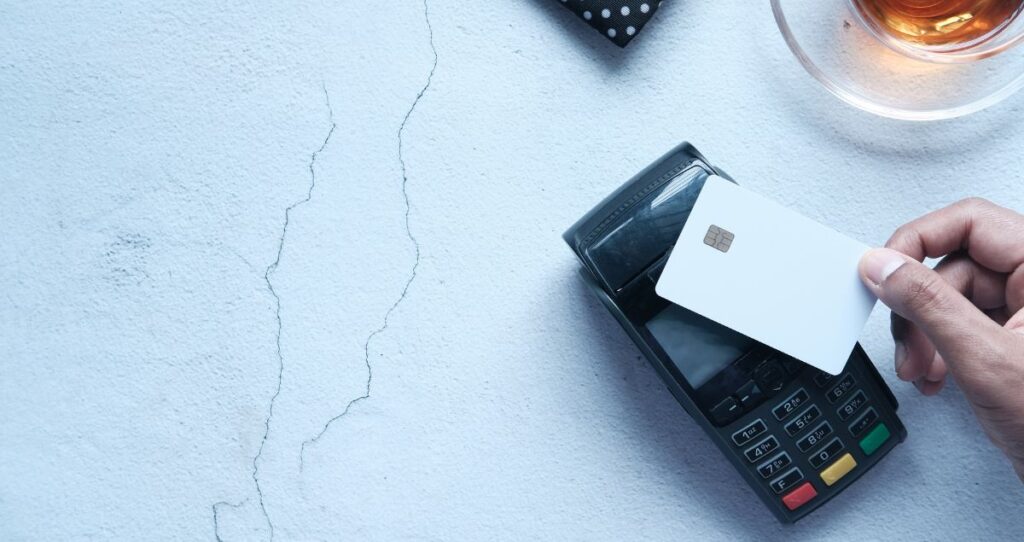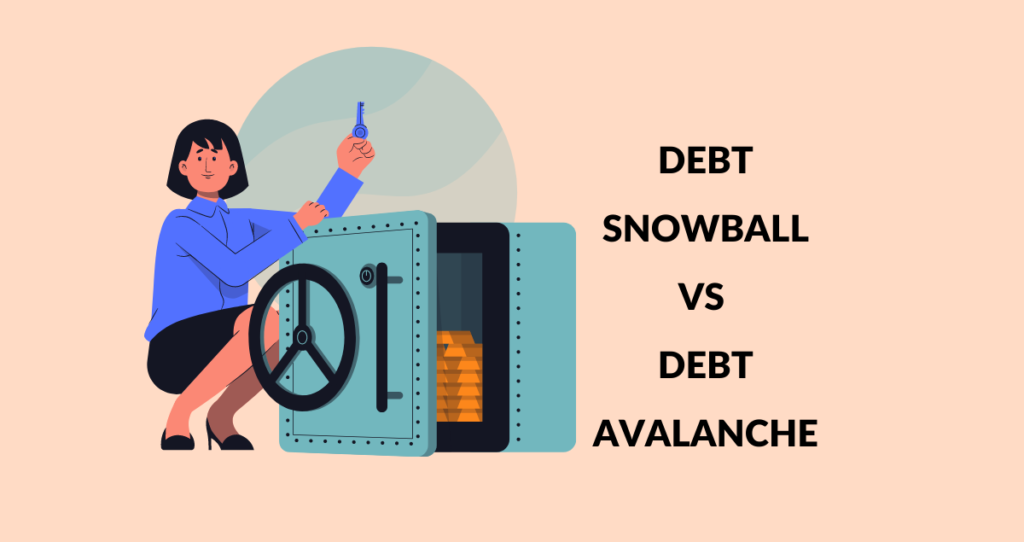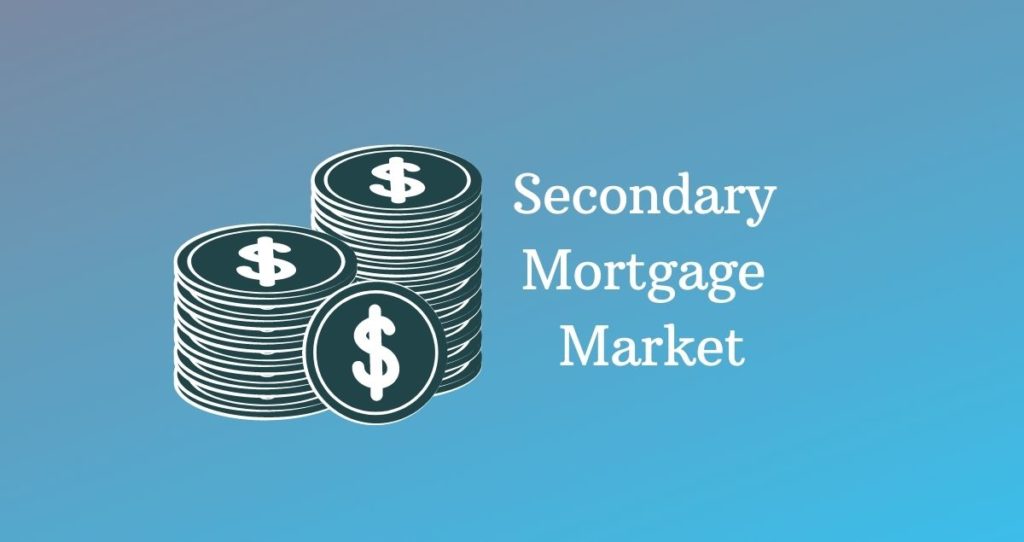The best way to manage your credit cards and stop overspending on a credit card is to understand your credit limit and how every expense affects your credit utilization rate and finances in general. Learn how to stop credit card overspending wish 9 strategies covered in this article.
Credit cards can be some of the best financial products you can rely on in your daily financial decisions. Not only that credit cards help you pay your bills, lower your expenses, earn rewards, etc, but also, they can help you build your credit history and increase your credit score.
Credit cards can also become a nightmare for your finances if you do not use them correctly. At the end of the day, credit cards are a form of revolving credit and can destroy your finances if you do not use them responsibly. A big mistake a lot of people make when using credit cards is to overspend on their credit cards. Even if credit card issuers give you higher credit limits, they don’t want to you spend all of it. When you overspend on a credit card, you end up with higher credit utilization which impacts your credit score and increases your debt balances.
Related: What is the best credit utilization ratio?
Credit card issuers hate borrowers who overspend on a credit card
Credit card providers fear borrowers who overspend on their credit cards. Although overspending on your credit card benefits the lender by collecting interest and fees; higher balances increase your chances of having late payments on your credit accounts and defaulting on your debt later on. Credit cards come with higher interest rates compared to many other financial products. Some credit card interests are also compounded which makes them riskier when you carry a large balance. The higher the balances you carry, the harder it becomes to pay them off which increases the chances of defaulting on credit card debts. Lenders like collecting interest but fear losing their money when they cannot pay it back.
The only way a credit card can benefit both the lender and borrower is to use each credit card responsibly. As a borrower, you should stop overspending on a credit card. If there is any balance you have on each credit account, pay it off before the due date. This way, you will not have to pay interest rates on those credit cards or worry about late payments on your credit cards.
Why should you worry about overspending on a credit card?
Earlier, I pointed out that credit cards can help you pay off your bills, build a solid credit history, increase your credit score, lower your expenses, etc. These benefits are crucial to credit card holders who use them without violating their terms.
What happens when you don’t use your credit cards properly is scarier. In other words, the risks of credit cards outweigh their benefits for irresponsible users. Accumulation of credit card debts is the biggest risk that comes with credit cards. Credit card debts are not like other forms of debt. Unlike installment debts such as a mortgage where you know exactly how much you will pay each month until the debt is fully paid off; credit card debts do not have such a structure. It is on you and how you choose to pay it off depends on you. Lenders allow you to carry the balances on the next payment periods which is a big trap that millions of people fall for.
When you carry balances to the next payments, you automatically pay interest, fees, and applicable charges in the form of an annual percentage rate(APR). That is how banks and other credit card issuers make money from you to stay in business. Why should you worry about credit card APRs? Because credit cards come with some of the highest APRs in the lending industry.
According to LendingTree, the average credit card APR in the USA is currently 21.59%. This is much higher compared to other financial products such as car loans where you pay 4.33% for new cars and 8.62% for used cars, according to NerdWallet. Higher interest rates on credit cards that are also compounded make them riskier for many consumers.
The risk of accumulating credit card debts is exponential and they are hard to pay off
Overspending on a credit card leads to a higher credit utilization rate and credit card debts. Each credit card comes with its credit limit. The amount you spend on each credit card compared to the available line of credit is your utilization rate. To build solid credit and boost your credit score(FICO score, VantageScore, etc), you need to lower your credit utilization by paying off balances on each credit card before the due date.
When you only pay the monthly minimum payment and carry the rest, you increase the risk of credit card debts. This is when you start paying compound interest which is also higher than regular financial products. Once your credit card debt reaches thousands of dollars, it becomes harder to pay off due to interest. Millions of people are struggling with this particular issue.
According to a survey conducted by GoBankingRates, 30% of Americans have anywhere between $1,001 and $5,000 in credit card debts, 15% have over $5,000 in credit card debts, and 6% accumulated more than $10,000 in credit card debts. These statistics do not include people with less than $1,000 in credit card debts. In other words, almost half of Americans carry some form of credit card debt.
To stop accumulating consumer debts, you must manage your credit cards. How do you manage your credit cards and stop overspending on a credit card? The simplest answer is to know where you shop, limit how much you spend on each credit card, and cover some of your expenses using other means. To stop overspending on a credit card, you need to stop relying on credit cards as a way of covering your expenses and financing your lifestyle.
If you are struggling with overspending on a credit card, the following tips will help you take control of your credit card spending.
Without further ado, let’s see how you can stop overspending on your credit cards.
1. Shop with a list
The simplest way to stop overspending on a credit card is to shop with a list. This theory is simple. How does it work? Before you go to the market or log into your favorite online store, make a list of things you need to buy. When shopping, make sure that you stick to the list. If an item is not written on the list, do not buy it. This will help you manage your credit card spending and prevent you from increasing your credit card balances.
2. Use credit cards for things you can buy now with cash
This is another credit card spending tip that works all the time, should you choose to stick to it. Many people treat credit cards as ready-to-use money. You just find something you want to buy, swipe a card, and bam -the item is yours. What they fail to understand is that for every product you buy with a credit card, you automatically get into debt with an equal amount. In order words, when you buy a bike for $100 with a credit card, it means you borrowed that $100 from a bank or your credit card issuer.
If you are a responsible user, you must pay off that credit card balance before its due date. If you do not pay it off, the lender will apply a minimum payment due and let you carry the rest. Why would a card issuer allow you to carry balances? Because that is how they make money from you. The car issuer benefits only if you have some debts on your belt.
How can you avoid this issue and win the credit card financial game? The answer: Use credit cards for items you have cash for. Period.
You gotta do the math. Create a list of things you want to buy and see if you have enough cash to cover them. If there is something that you don’t have cash for, take it off the list and put it on the next shopping list. In order words, you need to prioritize items on your list so that you can buy only what you need and have cash for now. Then go to the market and buy those items using a credit card. After buying these items, use your cash to pay off your credit card balance. You cannot overspend on a credit card if you have the cash to immediately pay off your balances.
Why is this strategy good when you want to lower credit card spending?
One of the best benefits of credit cards is that you build your credit history, increase your credit score, and get to pay less on your shopping. When you have cash, it is always a good idea to use a credit card and use that cash to pay off that balance. This is because you get to have some discounts and build your credit history at the same time.
Every activity on your credit card is recorded and reported to major credit reporting bureaus(Equifax, TransUnion, Experian). Who in return makes your credit reports and calculates your credit scores. By using your credit cards, you automatically get a chance to work on your credit at the same. What you need to do is to use your credit cards the smart way.
3. Stick to the budgeting rules
This is probably something you don’t want to hear about. Many people talk about budgeting but a handful create budgets and stick to them. It is easier said than done. What is true is that a budget is the greatest tool anyone can use to turn their finances around and build a strong financial foundation.
What is a budget? Think of a budget as a written list of how much you make, where it is spent, and how much you are saving each month. The budget will list all your income and your expenses at the same time. By creating a budget, you get to understand where you stand financially and what you can afford.
Many people struggle with credit card overspending because they don’t follow budgeting practices. You cannot know if you are going beyond your means when you don’t have a budget. If you had a budget, you could easily see that the item you just purchased was not counted for. In other words, you don’t have the financial means to cover that expense.
You can also use a budget to decide how much you will spend with cash and credit cards. Once all the money you want to spend with credit cards is over, stop using your credit cards and buy everything with cash. That is how you use a budget to your advantage.
Related: What is budgeting and how does it work?
4. Avoid impulse shopping
It is easy to assume that almost everyone falls for impulse shopping. Stores are brilliant at displaying their products. Impulse products are usually displayed in places with large traffic such as in aisles, entrances, etc.
These products intend to make you buy them even if you were not planning to buy them. Impulse products make people go beyond their means. Even if you have a list of products you want to buy, impulse products might be hard to resist. Impulse products increase temptation and force people to use their credit cards when they run out of cash.
To take control of your credit card spending, you need to avoid impulse shopping. No matter how flashy, cute, or tasty a product looks, do not buy it. This is where you need to master the habit of creating a shopping list and sticking to it. A list alone and the habit of buying only what is on the list can prevent you from credit card overspending. It is like a mental game and those who stick to the rules win.
Related: 20 clever ways to reduce expenses and increase savings
5. Establish a max credit utilization rate
One of the most effective ways to stop credit card overspending is to establish a credit card spending limit. Each credit card comes with a credit limit which is the amount you are allowed to spend. Credit card overspending means that you have spent more than you are supposed to spend which increases your credit utilization. For example, if you have a credit card with a $1,000 credit limit and you have spent $600, your utilization rate will be 60%. A higher credit utilization rate shows that you are relying on debt to cover your expenses which makes you a risky borrower.
How can you stop overspending on your credit card? You can establish a predetermined credit card spending rate and finance your expenses with other means once that rate is reached. For example, you can choose to spend only $300 on a $1,000 credit card limit. This will lead to a 30% utilization rate which is the maximum recommendation rate by many lenders. After that utilization rate is reached, you will then stop using your credit card and use cash. If you don’t have cash for something, don’t buy it. It simply means that you cannot afford it.
Related: What is a credit utilization rate and how does it work?
6. Do not use credit cards on large purchases
Most credit cards come with lower credit limits unless you have a large income that qualifies you for a higher credit limit. Having a low credit limit means that any large or expensive purchase you make will put your credit utilization to the roof. You can easily get a 100% utilization on a $5,000 credit card limit by purchasing a $5,000 furniture with your credit card. You should not use your credit cards to purchase cars, expensive gifts, pay for your wedding, luxury items, and other expensive items to limit your credit card spending.
The point here is that your utilization goes higher as you make purchases on your credit cards. The more expensive your purchases are, the faster you run out of available credit. The only way you can buy a lot of items without running out of available credit on your credit card is to buy cheap items. Expensive products use most of your credit line much faster. Your credit limit will go far if you use your credit cards on low-cost products.
Related: 7 things you should NOT buy using your credit card
7. Track your credit card spending
Tracking your credit card spending can be combined with your budgeting practices. Tracking your credit card spending accounts for knowing every expense on your credit card and comparing those expenses with the available credit limit. Some people put their utility bills, phone bills, part of the rent, and food on the same card. Having these many expenses on your credit card can easily cause you to spend more money on that credit card.
The best way to manage the available credit limit is to track your expenses. Know every bill and expense you are putting on the card and how each expense is affecting your credit card. Too much credit card spending leads to credit card debt and financial struggles.
8. Do not chase rewards
Every credit card comes with some form of reward (discounts, miles, points, etc). These rewards, however, are there to grab only when you spend money on your credit cards. For example, some cards allow you to get 5% cash back on groceries, gas, and restaurants. You can’t get that 5% cashback unless you spend money. Even if you earn these rewards, they are beneficial only if you can earn them from buying things you need.
A big mistake millions of people make is to overspend on their credit cards while chasing rewards. Instead of looking at the effect of overspending on their credit cards, they only keep their minds on the rewards they get when they make purchases. The truth is that getting paid to spend is not the same as purchasing items at a discount.
You are not getting paid to spend. Instead, you are only buying products at a 5% discount. The more you spend on your credit card, the higher the chances of getting into credit card debt. If you want to manage your credit card spending, do not fall for the rewards you get from your credit card purchases.
9. Stick to cash if you cannot manage your credit card spending
This is probably the best solution for people who cannot control their credit card overspending habits. If you cannot stop yourself from swiping your credit card, lock it in a box and stick to cash. Your cash is the only money you can spend without a string attached. Millions of people fail to understand that credit cards are a form of credit. So, they just spend until they run out out of their credit limits. The more they spend, the more credit card debt they accumulate.
To stop overspending on a credit card, start using cash instead. With this strategy, you will not get all the benefits from your credit cards. However, certainly, you will never have credit card debts when you use cash.







